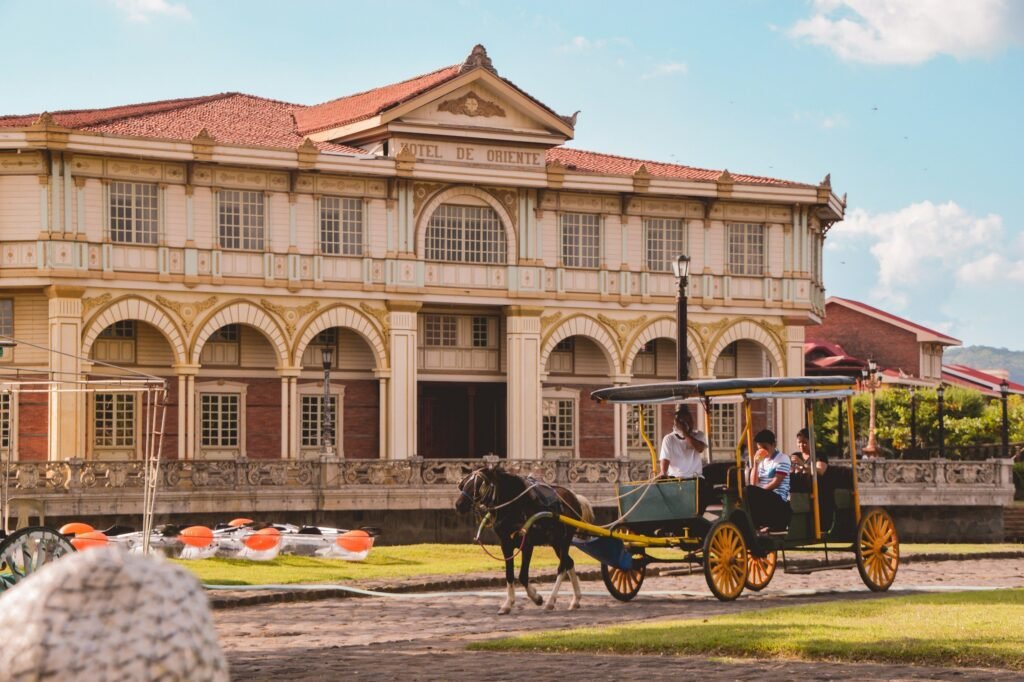This captivating article delves into the idea of smart cities, where innovative technology, eco-friendly practices, and contemporary architecture unite to form efficient and environmentally conscious urban spaces.

PHOTO: Chris Anderson on Unsplash
Imagine a city where technology and sustainability go hand in hand, creating an urban environment that is efficient, environmentally friendly, and enjoyable for its residents. This is the vision of smart cities, a concept that combines the best of modern architecture, innovative technologies, and sustainable practices to shape future urban landscapes.
In this article, we’ll explore the various components of smart cities and how they can contribute to a better, greener future.
The Big Picture: Integrating Technology and Sustainability in Smart City Architecture
At the heart of the smart city concept is integrating technology and sustainability in every aspect of urban life, from architectural design to resource management. This involves using cutting-edge technologies and data-driven solutions to optimize the use of resources, reduce environmental impacts, and enhance the quality of life for residents.
Power to the People: Harnessing Renewable Energy and Efficient Resource Management in Smart Cities
One of the critical components of smart cities is adopting renewable energy sources and efficient resource management practices. This includes using solar panels, wind turbines, and other clean energy technologies, as well as smart grids and energy storage systems that help optimize energy consumption and reduce emissions.
Additionally, smart cities employ advanced water and waste management systems that promote recycling, conservation, and efficient use of resources.
On the Move: Intelligent Transportation Systems for Smoother, Greener Commutes
Traffic congestion and air pollution are significant challenges in urban areas, but smart cities aim to tackle these issues with intelligent transportation systems. These systems use real-time data, advanced sensors, and connected infrastructure to optimize traffic flow, reduce congestion, and minimize emissions.
This can include everything from smart traffic lights and adaptive traffic signals to public transportation systems that are more efficient and environmentally friendly.
Home Sweet Home: Smart Buildings and Infrastructure for Better Living and Environmental Performance
The buildings and infrastructure in smart cities are designed with sustainability and modern architecture in mind. Smart buildings use advanced technologies and design principles to minimize energy consumption, reduce waste, and improve indoor environmental quality.
This can include energy-efficient lighting, heating and cooling systems, green roofs, and even interior architecture that promotes well-being and comfort for occupants.
The True People Power: Citizen Engagement and Collaboration in the Development of Smart Cities
The success of smart cities depends on the active participation and collaboration of its residents. Citizen engagement is crucial in the planning, developing, and implementing smart city projects, as it ensures that the solutions are tailored to the needs and preferences of the local community.
This can include public consultations, participatory budgeting, and using digital platforms to gather feedback and ideas from residents.
The Road Ahead: Are Smart Cities The Future?
Smart cities represent a promising vision for the future of urban living, combining the best of technology, sustainability, and modern architecture to create vibrant, environmentally friendly communities. As we grapple with climate change and rapid urbanization, we must embrace the smart city concept and work together to create a better, greener future for all.
If you have a project in mind, we would love to hear about it and explore ways to work together. Please book a discovery call with BillionBricks: https://calendly.com/d/y5t-wh7-hdd/call-with-billionbricks
References:
-
Nam, Taewoo, et al. Smart city as urban innovation: focusing on management, policy, and context. Retrieved from https://dl.acm.org/doi/10.1145/2072069.2072100.
-
Perez-Lombard, et al. A review on buildings energy consumption information. Retrieved from https://www.sciencedirect.com/science/article/abs/pii/S0378778807001016.
-
Sanches, Luiz, et al. SmartSantander: IoT experimentation over a smart city testbed. Retrieved from https://www.sciencedirect.com/science/article/abs/pii/S1389128613004337.
-
Scholt, Hanz. Introduction to the 2012 Electronic Government Track. Retrieved from https://ieeexplore.ieee.org/document/6149276.
-
Targio Hashem, et al. The role of big data in smart city. Retrieved from https://www.sciencedirect.com/science/article/abs/pii/S0268401216302778#:~:text=The%20application%20of%20big%20data%20technologies%20for%20the%20smart%20city,smart%20city%20services%20and%20resources.



